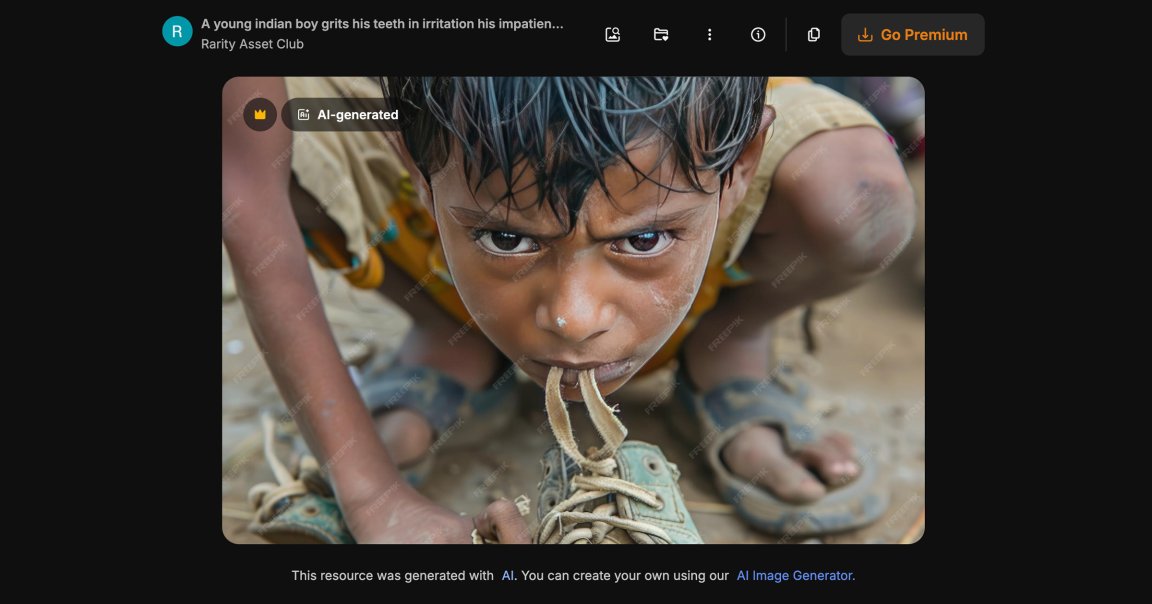
The scenes are grisly: stick-thin children huddling together in a muddy stream, white volunteers surrounded by throngs of starving Africans, and Arab children in refugee camps holding tin bowls.
The only problem? None of them are real. In a macabre phenomenon sweeping the world’s leading non-government organizations, The Guardian reports, charity groups are now weaponizing AI to produce heavily racialized misery-slop — replete with nonexistent imagery of poverty, violence, and climate disasters.
“The images replicate the visual grammar of poverty — children with empty plates, cracked earth, stereotypical visuals,” Arsenii Alenichev, a researcher at the Institute of Tropical Medicine, told the newspaper.
Alenichev was the lead author on a commentary article recently published in the journal The Lancet covering the issue of charities and AI suffering, something he calls “poverty porn 2.0.”
The researcher distinguishes the AI phenomenon from earlier ideas of poverty porn, a term coined in 2007 to describe the kinds of voyeuristic imagery taken of poor or oppressed people in order to shock viewers in rich, developed countries.
Then, the goal was to goad viewers into donating after shocking their senses, playing into the fantasy that their charity will solve the problem. In poverty porn 2.0, the subject of the images have become the fantasy, avoiding even the financial and ethical costs of capturing real suffering.
“It is quite clear that various organizations are starting to consider synthetic images instead of real photography, because it’s cheap and you don’t need to bother with consent and everything,” Alenichev told The Guardian.
Altogether, the researcher says he’s collected over 100 synthetic images being used by charities in their campaigns to raise money. They come from groups like the UK’s Plan International, which posted AI-generated images as part of an anti-child marriage campaign, and even the United Nations, which The Guardian says generated “re-enactments” of sexual violence.
It’s a particularly disgusting move given that there’s no shortage of poor and immiserated people in the real world. Doubly ironic is the fact that AI is behind this new type of poverty porn is fueled by the same wealth inequality and pollution that many charities are ostensibly working to ameliorate.
If NGO officials are really interested in ending global suffering, their best bet would be to stop fantasizing about poverty and start asking why people remain poor in the first place.
More on AI: Bernie Sanders Has a Fascinating Idea About How to Prevent AI From Wiping Out the Economy